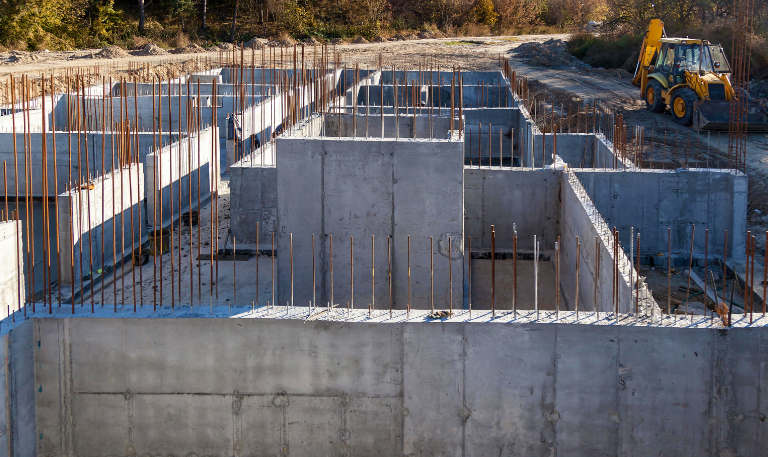Top 10 Factors Affecting Concrete Strength
Concrete, one of the most extensively used construction materials, owes its popularity to its durability and resilience. However, not all concrete is created equal. The strength of this vital material can vary based on a myriad of factors. To ensure the longevity and safety of your structures, it’s crucial to understand what influences concrete strength. Here are the top factors to consider:
- Quality of Raw Materials
The strength of the concrete greatly depends on the quality of its constituents. This includes:
- Cement: High-quality cement with fewer impurities can significantly boost strength.
- Aggregates: These should be hard, clean, and free from any organic matter or chemicals that might affect the setting and hardening of the cement.
- Water-Cement Ratio
The proportion of water to cement is a critical determinant of concrete’s strength. A high water-cement ratio might ease the mixing and placing process but can considerably reduce the strength of the set concrete. Adhering to the optimal ratio is crucial for achieving the desired strength.
- Mixing Process
The manner in which the ingredients are mixed can play a pivotal role. Proper mixing ensures uniform consistency and distribution of materials. Under-mixing may lead to pockets where the ingredients aren’t combined correctly, affecting the overall strength.
- Curing Conditions
Curing is the process of maintaining adequate moisture, temperature, and time to allow the concrete to achieve its potential strength. Inadequate curing can lead to surface cracking and reduced strength. It’s essential to ensure that concrete remains moist and is protected from extreme temperatures during the curing period.
- Admixtures
While admixtures can be added to concrete to improve its workability or setting time, they can also influence its strength. Depending on their type and quantity, admixtures can either enhance or reduce the strength of concrete.
- Ambient Temperature
The temperature at the time of mixing, placing, and curing can influence concrete strength. High temperatures can accelerate the setting but reduce the overall strength, while cold temperatures might retard the setting process.
- Compaction
Compaction eliminates air pockets in the concrete mix. If concrete isn’t compacted adequately, it can have voids or pores that can drastically reduce its strength. Proper compaction techniques ensure a dense and uniformly strong concrete structure.
- Type and Duration of Load
Concrete strength can also be influenced by the kind of load (static or dynamic) it’s subjected to and the duration for which the load is applied. Prolonged loads or unexpected dynamic loads can impact the strength and longevity of the concrete structure.
- Age of Concrete
As concrete ages, it generally becomes stronger. However, this strengthening process slows down with time. The rate at which concrete gains strength is influenced by the curing conditions and the type of cement used.
- Porosity and Density
The porosity of concrete refers to the void spaces within it. Higher porosity often translates to reduced strength. Factors like water-cement ratio, compaction, and curing play a role in determining the porosity and, subsequently, the strength of concrete.
Strengthening Your Foundations
Understanding the myriad factors that influence concrete strength is pivotal for anyone involved in construction. Whether you’re an architect, builder, or a homeowner looking to embark on a construction project, ensuring that these elements are taken into consideration can be the difference between a structure that stands tall through the tests of time and one that shows early signs of wear and tear. Keep these factors in mind, collaborate with knowledgeable professionals, and lay the foundation for lasting and durable structures.

Concrete Sales AssociateNatalie Jaimes
Latest News

4 Ways To Reinforce Concrete
Concrete is one of the most fundamental materials used in construction. If you’re working on a domestic project or a […]

The Environmental Benefits Of Using Ready-Mix Concrete
The construction industry is changing quickly to meet the growing demand for sustainability and eco-friendly practices. One of the most […]

6 Essential Tips For Grouting Stone Veneer
Grouting stone veneer is an important step in the installation process that can significantly impact the overall look and durability […]

Should You Fill Hollow Concrete Blocks?
Hollow concrete blocks are widely used in construction due to their strength, versatility, and lighter weight compared to solid blocks. […]
